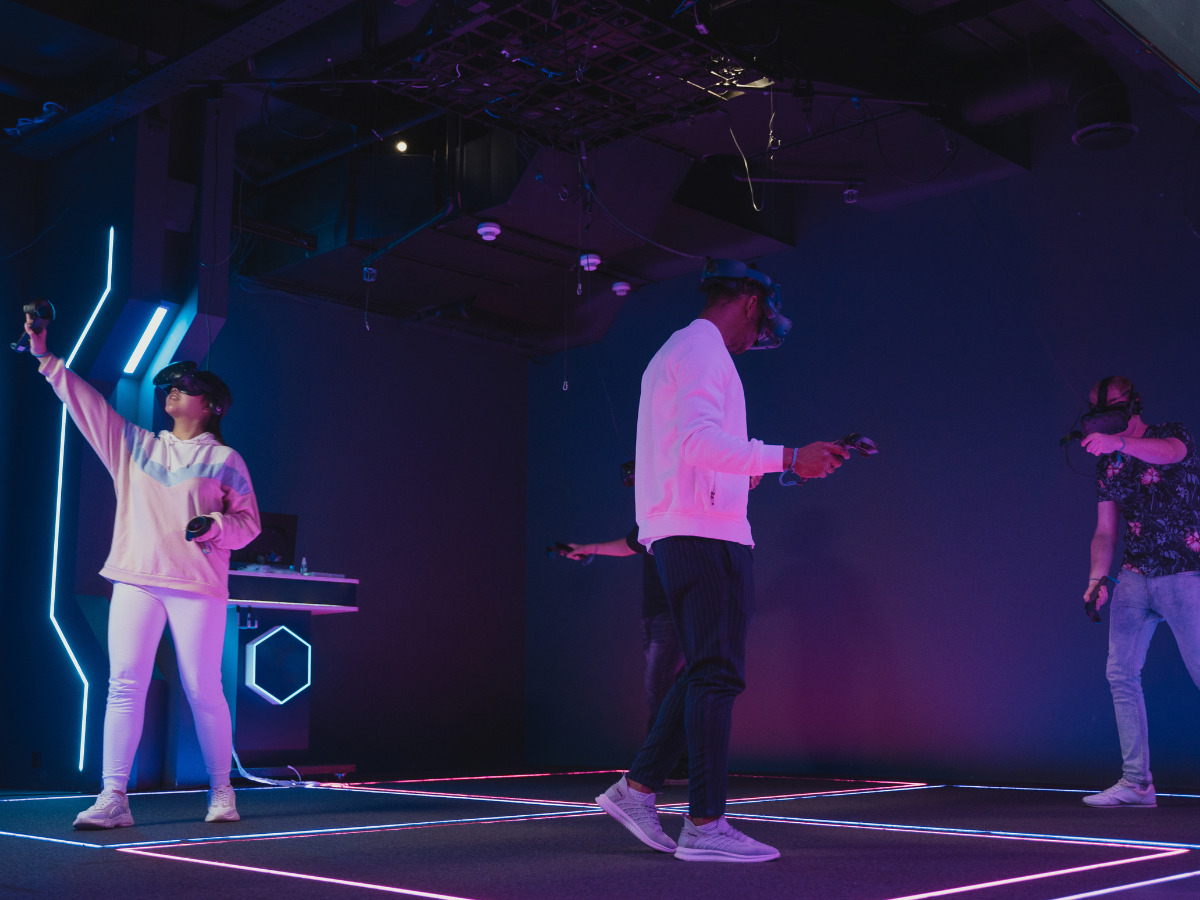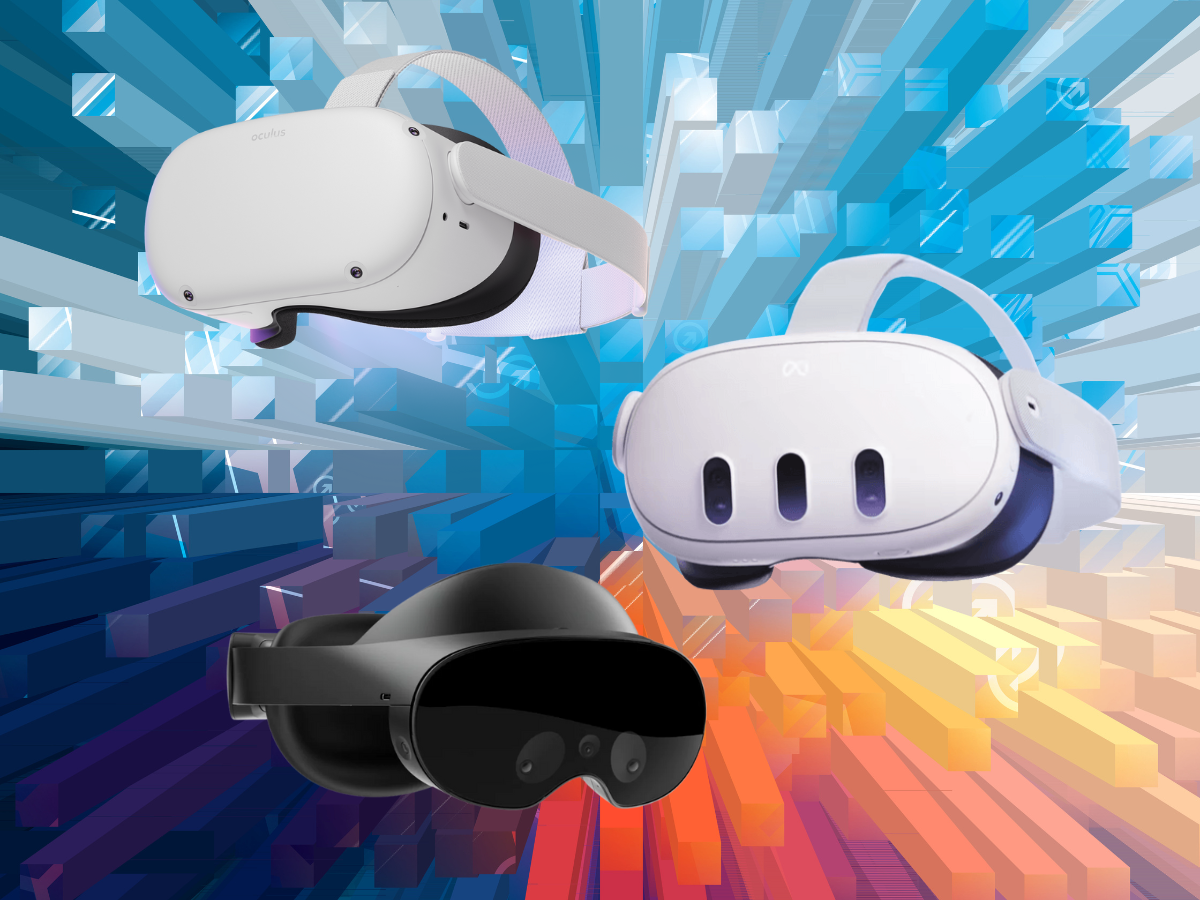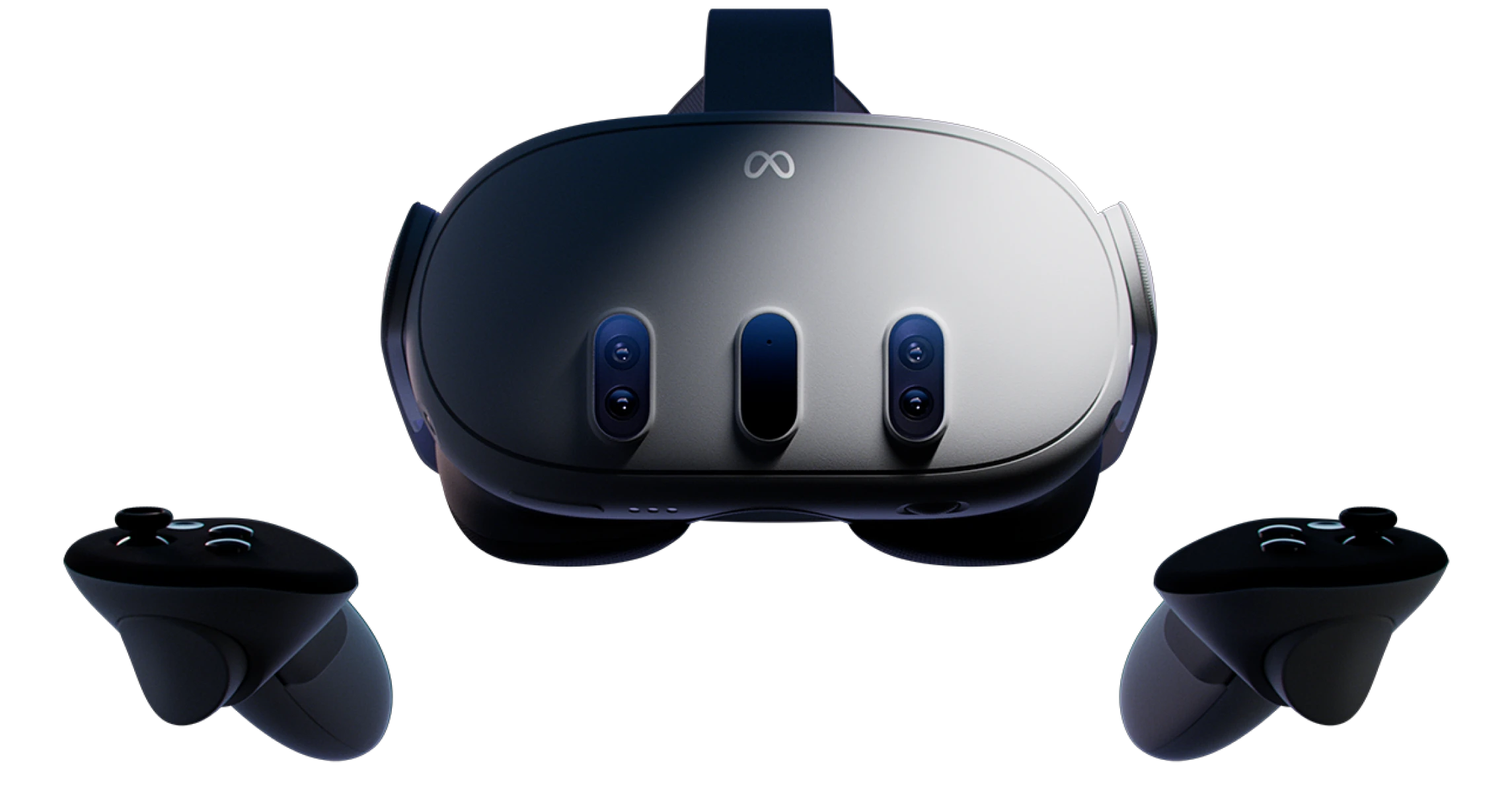Visualize slipping on a VR headset and smoothly transitioning into an immersive universe, where you can engage in heroic battles against fantastical creatures or leisurely stroll across the breathtaking vistas of uncharted worlds. This transition from the mundane to the magical is underpinned by a precise tracking system, effortlessly sensing your movements and mirroring them into the virtual expanse. Two types of systems make this possible in VR: “Inside-Out” or “Outside-In” tracking. This article will provide a deeper grasp of their indispensable roles in shaping our VR experiences.
Inside-Out Tracking
Inside-Out tracking refers to a system where the sensors or cameras required for tracking are located on the VR device itself, for instance, the VR headset. These devices capture and analyze the environment around the user to interpret their movements and translate them into the VR space.
One of the most widely known examples of this type of tracking is the Meta Quest series of headsets. Inside-Out tracking really took off after the Meta Quest 2 was released as people started more widely getting into VR. Other Inside-Out headsets are the Playstation VR2, the Pico 4, and the Pimax Crystal.
Pros of Inside-Out Tracking
Portability
Given that all necessary sensors are housed within the device, this system allows for more mobility, facilitating VR usage in various locations without requiring external sensors or cameras.
Ease of Setup
Inside-Out systems are generally simpler to set up as they do not require the installation of external trackers or specific room configurations.
Scalability
The tracking area is only limited by the camera’s field of view, allowing users to move freely in larger spaces.
Cons of Inside-Out Tracking
Limited Precision
While advancements have been made, Inside-Out tracking systems may sometimes struggle to achieve the same level of accuracy and precision as Outside-In systems, especially for minute or complex movements.
Blind Spots
Since the tracking is based on the device’s field of view, there can be blind spots, especially where the cameras cannot reach, like behind the user.
Outside-In Tracking
In contrast, Outside-In tracking places the sensors or cameras externally, in the environment, to track the user’s movements within that space. These sensors usually focus on the user’s VR headset and controllers, mapping their positions onto the VR environment.
Outside-In tracking has been around in consumer headsets for a bit longer with the earlier mainstream headsets being the Oculus Rift and the HTC Vive. Both released in 2016, more recent examples of Outside-In tracking can be found in the Valve Index and the upcoming Bigscreen Beyond
Pros of Outside-In Tracking
High Precision
By using multiple sensors placed around the room, Outside-In systems can provide a high level of precision, accurately capturing intricate user movements and gestures.
Lower Device Complexity
As tracking technology is external, the VR device can be simpler and potentially lighter. This can reduce fatigue and extend battery life in wireless headset options.
Cons of Outside-In Tracking
Complex Setup
The need to place multiple sensors around the room makes the setup process more complex and time-consuming, also requiring more space.
Portability Limitations
As the sensors need to be externally placed, it is harder to make the system portable and adaptable to new environments.
Occlusion Issues
If something blocks the line of sight between the sensor and the VR device, it can disrupt tracking.
Both Inside-Out and Outside-In tracking systems play crucial roles in shaping VR experiences, each with its unique strengths and weaknesses. Choosing between them isn’t about picking the superior technology; it’s about finding the right fit for your needs. For applications demanding high precision and detail, such as professional training simulations, Outside-In tracking might be preferable. Conversely, Inside-Out tracking can be ideal for home or on-the-go use where setup simplicity, portability, and larger movement areas are required.
As VR technology continues to evolve, it is likely we will see further developments and hybrid approaches that combine the advantages of both systems, delivering more accurate, flexible, and immersive VR experiences.




